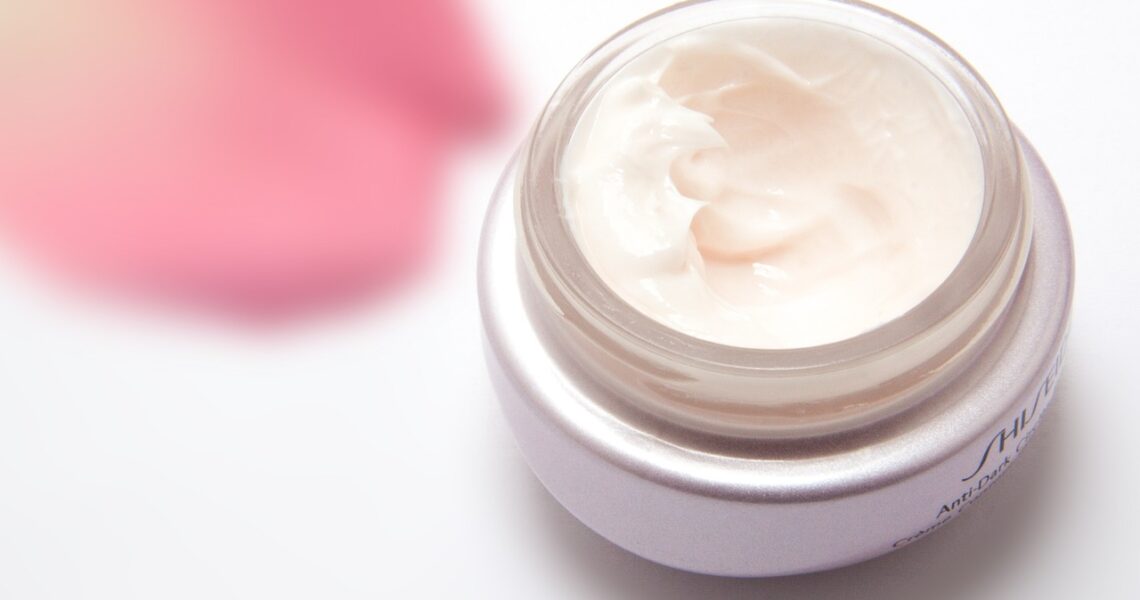Introduction
When it comes to spending, few properties catch the imagination like gold. Throughout background, gold has actually been a symbol of riches, power, and protection. Today, lots of investors are looking for means to integrate this rare-earth element into their portfolios. One preferred method is via a Gold Individual Retired Life Account (IRA). However exactly what does that entail? And much more significantly, is a Gold IRA a good investment? This post will reveal the intricacies bordering Gold IRAs, dividing truth from fiction while supplying expert understandings right into this appealing financial investment avenue.
Gold IRAs Revealed: Dividing Reality from Fiction on Investments
Investing in a Gold IRA can feel like an attractive alternative for those looking for monetary security. However, navigating the world of precious metal investments requires mindful factor to consider. A Gold IRA permits you to hold physical gold and various other precious metals as part of your retired life savings. Unlike traditional Individual retirement accounts that commonly hold stocks and bonds, Gold IRAs supply a substantial property that lots of believe can work as a bush against inflation.
What is a Gold IRA?
A Gold individual retirement account is basically a self-directed Individual Retired life Account that permits the addition of details sorts of physical rare-earth elements within its holdings. These can consist of:
- Gold bars
- Gold coins
- Silver
- Platinum
- Palladium
The key allure depends on its possibility for protecting your retirement cost savings versus market volatility.
Types of Priceless Metals Allowed in a Gold IRA
The Benefits of Investing in a Gold IRA
The Disadvantages of Investing in a Gold IRA
Is Gold IRA a Great Investment?
This inquiry often occurs among prospective financiers considering this distinct asset course. While it can offer benefits such as diversification and rising cost of living security, it’s crucial to assess individual economic goals and take the chance of tolerance before diving in.
Factors to Consider
- Your age and closeness to retirement
- Current market conditions
- Other investments you hold
How Does a Gold IRA Work?
Understanding how a Gold individual retirement account features is vital for making informed investment choices.
Setting Up Your Gold IRA
Storage Alternatives for Your Precious Metals
There are two main storage options:
Understanding Market Fads in Priceless Metals
To make wise investments in gold and various other precious metals, one need to stay upgraded on market trends.
Historical Efficiency of Gold Prices
Gold rates have actually risen and fall in time due to different aspects such as geopolitical stress, currency values, and economic performance indicators.
|Year|Ordinary Price/oz|Remarkable Occasions|| ——|——————|——————————-|| 2000|$279|Tech bubble ruptured|| 2008|$872|Global Financial Situation|| 2020|$1,770|COVID-19 pandemic|
Global Demand Influences Pricing
Demand from fields like precious jewelry manufacturing and modern technology can affect costs significantly.
Geopolitical Factors
Political instability usually drives investors towards gold as a safe haven asset.
Common Myths Concerning Gold Individual Retirement Accounts Debunked
With growing interest comes misinformation concerning purchasing gold with an IRA.
Myth 1: “You Can Shop Your Own Gold”
Many believe they can keep their possessed gold in the house within an individual retirement account; however, IRS guidelines mandate that physical holdings need to be kept by an accepted custodian.
Myth 2: “Gold Is Constantly Lucrative”
While historical performance shows development over time, there are periods where gold has choked up about other investments.
Choosing the Right Custodian for Your Gold IRA
Finding the right custodian is essential for effective monitoring of your investment.
What Must You Look For?
- Experience with valuable metals
- Transparent fees
- Positive customer reviews
Top Custodians Reviewed
Here’s a short introduction of some reliable custodians:
|Custodian Name|Solutions Used|Costs|| ———————|————————|——————–|| Regal Possessions|Full service|Differs|| Birch Gold Team|Educational sources|$100 yearly fee|| AdvantageGold|Individualized assistance|$50 arrangement charge|
Tax Implications of Buying a Gold IRA
Investing through an IRA has its tax advantages however additionally comes with certain guidelines pertaining to tax obligations on circulations when taking out funds post-retirement.
Understanding Withdrawals
Distributions taken prior to age 59 1/2 might sustain charges unless qualifying exceptions apply.
FAQs Regarding Investing in Gold IRAs
FAQ 1: What kinds of accounts can I move right into a Gold IRA?
You can move funds from Conventional IRAs, Roth IRAs, 401(k)s, TSPs (Thrift Financial Savings Plans), and other certified plans without sustaining taxes or fines if done appropriately through direct rollover processes.
FAQ 2: Are there limits on how much I can invest?
While there are no restrictions particularly tied to your payments towards acquiring steels within your account itself– yearly payment limitations do apply based on general pension standards set forth by the IRS ($6,000 under age 50; $7,000 if over).
FAQ 3: Can I acquire my gold?
No; internal revenue service guidelines need that all physical possessions remain kept firmly by accepted custodians during the life of your account until circulation takes place after getting to old age (59 1/2).
FAQ 4: Exactly how do I sell my gold held within an IRA?
You would normally call your custodian– they’ll assist in marketing procedures according to dominating market price while ensuring compliance with IRS policies throughout deals performed throughout liquidation procedures included therein!
FAQ 5: Can I invest in collectible coins?
Collectible coins do not certify under internal revenue service guidelines; just bullion coins meeting minimal pureness demands may be consisted of within these sorts of accounts established under relevant legislations governing retirement financial savings prepares offered today!
FAQ 6: What takes place if my custodian goes out business?
In such instances– regardless– the capitalist retains ownership civil liberties over their underlying possessions! Alternate arrangements ought to be made without delay upon learning about concerns concerning custodial operations so prompt changes occur right away influencing profile efficiencies negatively!
Conclusion
Investing in a Gold IRA provides both chances and challenges that any kind of https://www.linkedin.com/pulse/gold-ira-good-investment-here-some-key-pointers-metals-resgoldira-vkq2c prudent investor ought to think about meticulously before continuing down this path toward wide range conservation techniques successfully tailored distinctively towards specific situations included therein! While questions are plentiful pertaining to whether “ Is GOLD IRA An EXCELLENT INVESTMENT, something continues to be clear– it holds substantial value as part & & parcel in the middle of diversified portfolios seeking security amidst tumultuous times experienced routinely across international markets today! Whether considering historic efficiency data sustaining insurance claims made earlier here or assessing personal money goals aligned tactically alongside wider economic indicators forming future trajectories in advance– it appears why so many continue discovering choices readily available using GOLD IRAS INTRODUCED: DIVIDING FACT FROM FICTION ON INVESTMENTS showcased thoroughly throughout this extensive guide supplied above!





